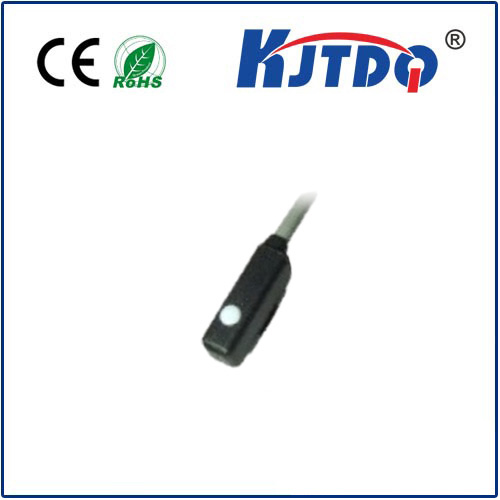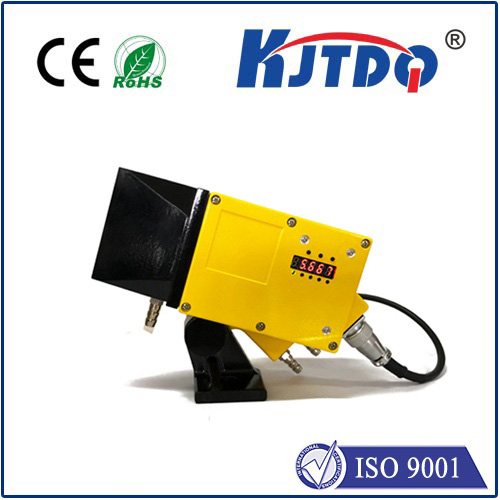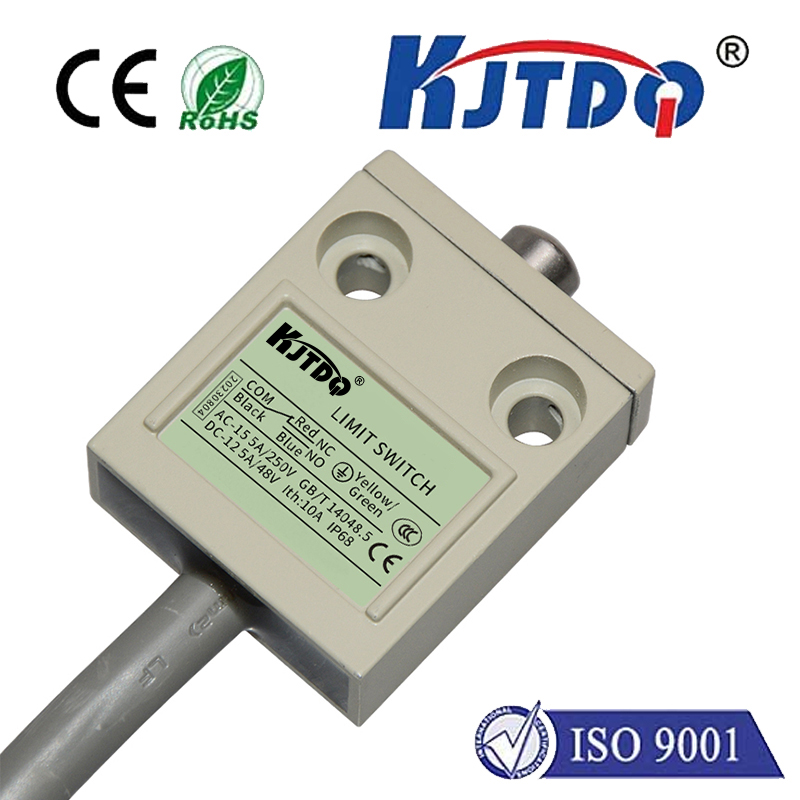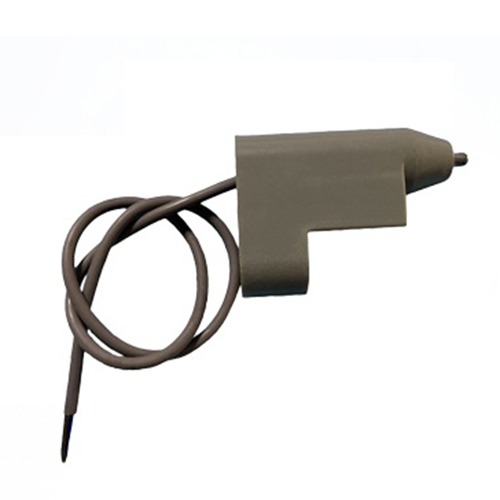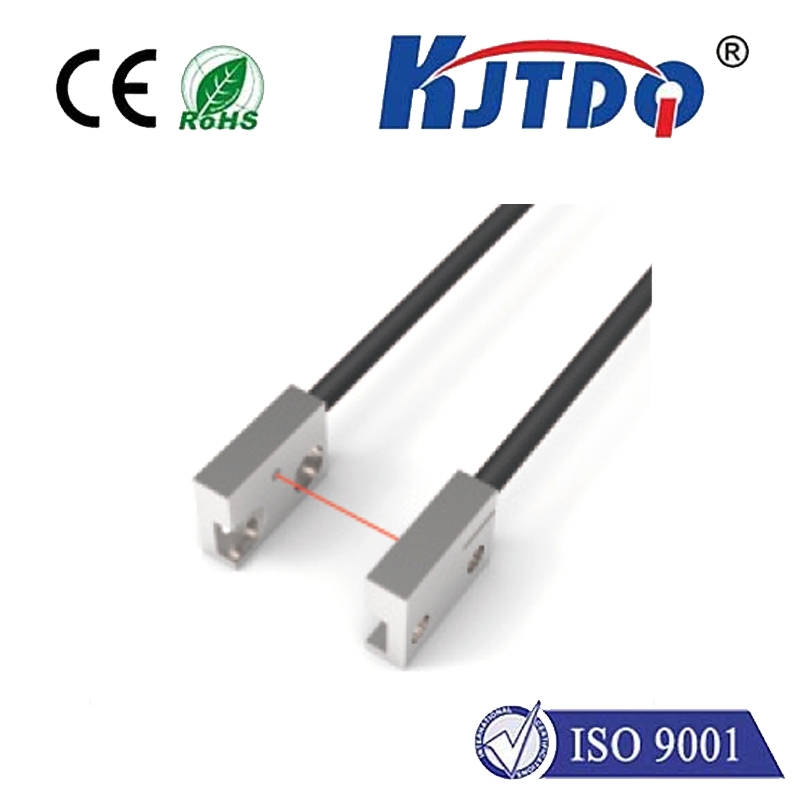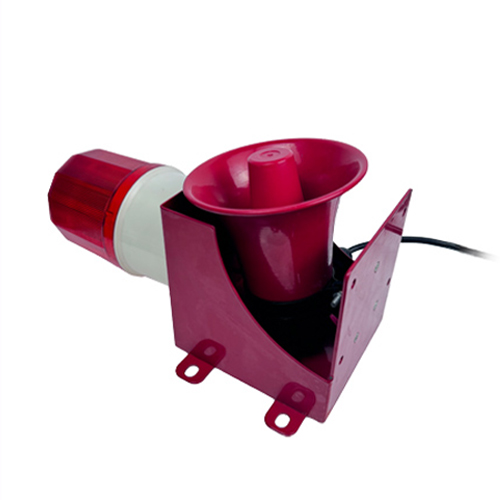PN7092 pressure sensor
- time:2025-09-22 15:48:10
- Click:0
PN7092 Pressure Sensor: Engineered for Unmatched Reliability in Demanding Environments
Imagine a critical chemical process where precise pressure control is the difference between smooth operation and a costly, potentially dangerous shutdown. Or a powerful hydraulic system deep within industrial machinery, where constant pressure monitoring safeguards against catastrophic failure. In these high-stakes scenarios, the accuracy and resilience of your pressure sensor aren’t just desirable – they’re non-negotiable. This is precisely where the PN7092 pressure sensor distinguishes itself, establishing a benchmark for dependable performance under the most challenging conditions.
The PN7092 represents a significant leap forward in pressure transducer technology. Designed with a profound understanding of industrial and commercial application demands, it offers a compelling combination of robustness, precision, and versatility. This sensor is far more than just a component; it’s a vital data acquisition point engineered to deliver consistent, trustworthy readings where others might falter.
Understanding the PN7092: A Robust Foundation
At its core, the PN7092 is a piezoresistive pressure sensor. It translates the physical force exerted by a fluid (liquid or gas) into a precise electrical signal – typically a voltage (0-5V, 0.5-4.5V ratiometric) or current (4-20mA) output proportional to the measured pressure. This fundamental principle is executed with exceptional skill in the PN7092.
Several key physical attributes define its resilience:

- Stainless Steel Construction: The wetted parts and housing are primarily crafted from high-grade stainless steel. This provides superior corrosion resistance against a wide array of media, crucial for applications involving harsh chemicals, solvents, water, or fuels.
- Sturdy Hermetic Sealing: Advanced sealing techniques ensure the sensitive internal electronics are completely isolated from the external environment. This prevents moisture ingress, protects against dust and particulate contamination, and safeguards the sensor in wash-down environments.
- High Overpressure Tolerance: Engineered with significant safety margins, the PN7092 can withstand pressure spikes and surges well beyond its nominal operating range. This intrinsic durability dramatically reduces the risk of sensor failure due to unexpected system pressure events.
Where the PN7092 Excels: Diverse Applications
The PN7092 pressure sensor finds its niche across numerous sectors requiring unwavering reliability:
- Industrial Automation & Process Control: From monitoring hydraulic and pneumatic pressures in machinery to controlling critical pressure points in chemical reactors or oil and gas pipelines, the PN7092 provides the essential feedback for automated systems to function optimally and safely.
- HVAC/R Systems: Precise pressure measurement is vital for refrigerant management, pump control, and filter monitoring. The PN7092’s resistance to moisture and common refrigerants makes it ideal for maintaining efficient climate control systems.
- Hydraulic & Pneumatic Systems: Monitoring line pressure, pump health, and cylinder load in heavy machinery requires a sensor capable of handling high pressures and potential shocks. The PN7092’s robustness and high-pressure ratings are perfectly suited for these demanding tasks.
- Water & Wastewater Management: Monitoring pump pressure, tank levels (via hydrostatic measurement), and filter blockages requires sensors that can endure constant moisture and potential chemical exposure. The PN7092’s stainless steel interface and IP ratings provide the necessary protection.
- Test & Measurement Equipment: Engineers rely on accurate pressure data during R&D, quality control, and system diagnostics. The PN7092’s calibration stability and high accuracy make it a dependable instrument-grade transducer.
Unpacking the Technological Edge: Key Features & Benefits
Beyond its rugged build, the PN7092 incorporates several compelling technological features:
- Exceptional Accuracy & Stability: Utilizing advanced silicon MEMS (Micro-Electro-Mechanical Systems) sensing elements and sophisticated temperature compensation algorithms, the PN7092 delivers highly accurate readings (±0.5% FS or better typical) across its operating temperature range. This minimizes drift and ensures long-term measurement consistency.
- Wide Pressure Range Options: The PN7092 is typically available in a broad spectrum of pressure ranges, catering to diverse needs – from low-pressure vacuum applications to high-pressure hydraulic systems, often spanning a few mbar to hundreds or even thousands of bar. Flexibility is a core attribute.
- Multiple Output Signals: Understanding that different systems require different interfaces, the PN7092 commonly offers both analog voltage (ratiometric) and analog current (4-20mA) output options. The 4-20mA output is particularly valued for its superior noise immunity over long cable runs typically found in industrial settings.
- Extended Temperature Range: Engineered to perform reliably not just at room temperature, but in environments with significant thermal variations. A wide compensated operating temperature range ensures dependable function in both freezing cold and high-heat scenarios.
- Media Compatibility: The choice of stainless steel (often 316L) for wetted parts ensures excellent compatibility with a vast range of media, including water, oils, air, gases, and many mildly corrosive fluids. Material selection is critical for longevity.
- High Burst Pressure: Significantly exceeding its rated pressure, the burst pressure specification offers a critical safety buffer, protecting the system and personnel in case of extreme overpressure events.
Compliance & Compatibility: Built for the Real World
Engineered with industry requirements in mind, the PN7092 often complies with relevant standards, such as RoHS (Restriction of Hazardous Substances) and may carry CE marking, indicating conformity with health, safety, and environmental protection standards for products sold within the European Economic Area. Its design prioritizes ease of integration, frequently featuring standard electrical connectors (like M12 connectors) and process connections (like G1/4” or 1⁄4” NPT) familiar to engineers and technicians.
Implementing the PN7092: Considerations for Success
To fully leverage the capabilities of the PN7092 pressure sensor:
- Precise Range Selection: Carefully match the sensor’s pressure range to your application’s expected operating pressure and potential peak events. Operating consistently near the sensor’s maximum rating can reduce lifespan and accuracy.
- Understand Media Compatibility: Always confirm that the sensor’s wetted materials (especially the diaphragm seal) are fully compatible with the process media to avoid corrosion or degradation.
- Calibration Matters: While the PN7092 is stable, periodic calibration against a trusted reference ensures ongoing accuracy, particularly in critical measurement loops.
- Environmental Factors: Consider the installation environment (temperature extremes, potential for vibration, exposure to chemicals/moisture) and ensure the PN7092’s specifications (temperature range, IP rating) are adequate.
- Electrical Compatibility: Verify the power supply requirements and output signal type (voltage or current) match your data acquisition or control system inputs.
The Indispensable Data Link
In an era driven by automation and data, reliable pressure measurement is foundational. The PN7092 pressure sensor stands as a proven solution, combining robust construction, high accuracy, and versatile performance to tackle demanding applications head-on. Its inherent reliability translates directly into reduced downtime, enhanced safety, improved process efficiency, and ultimately, significant cost savings. Whether safeguarding heavy machinery, optimizing HVAC efficiency, or controlling intricate chemical processes, the PN7092 consistently delivers the dependable pressure data that modern systems demand, proving itself an indispensable component engineered for enduring performance.






